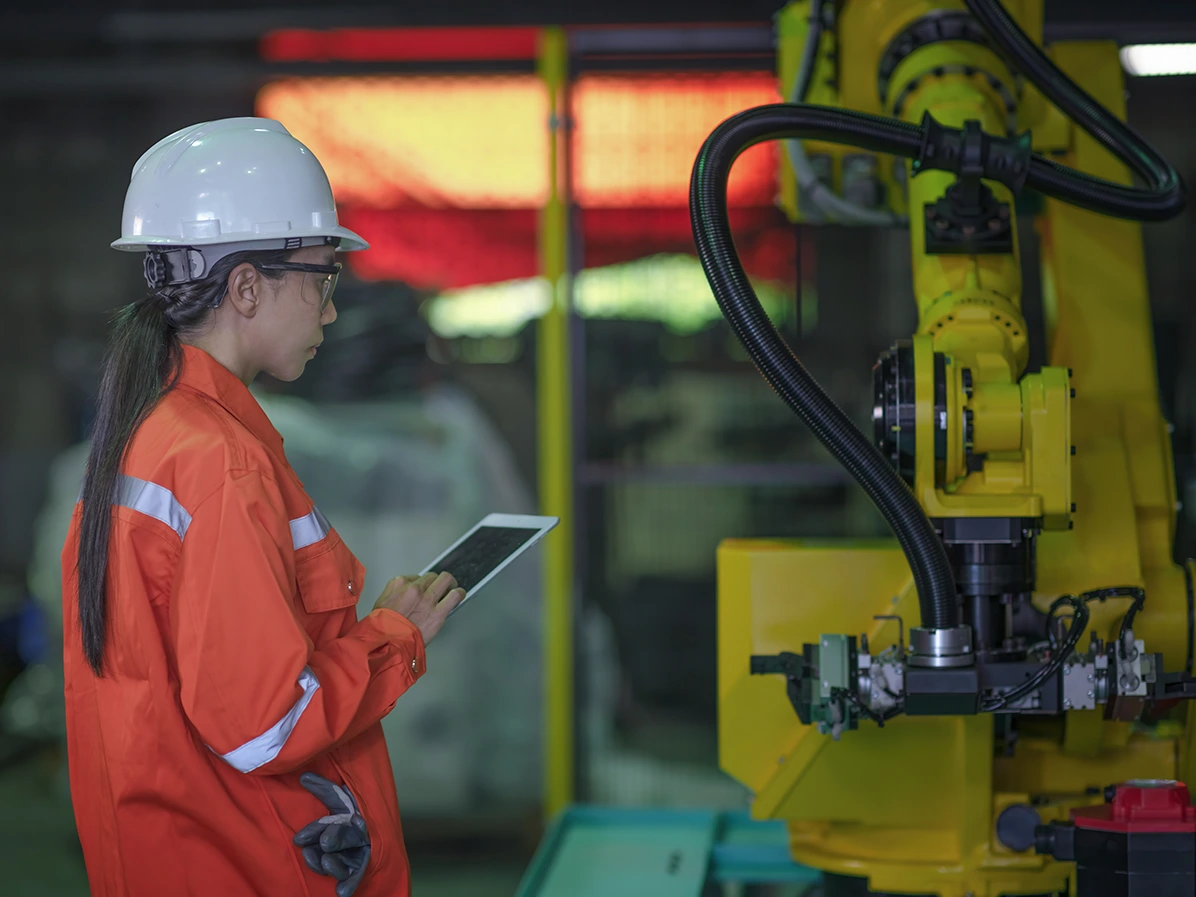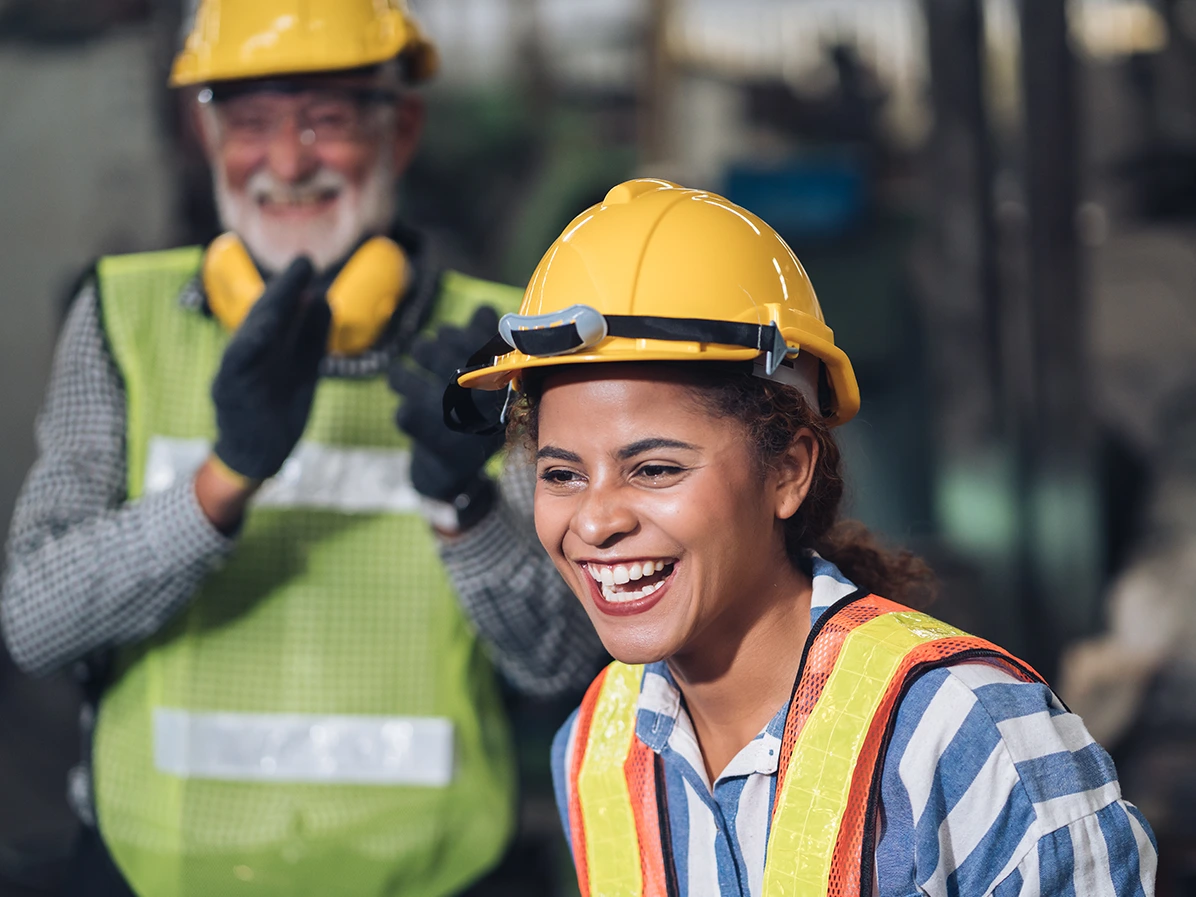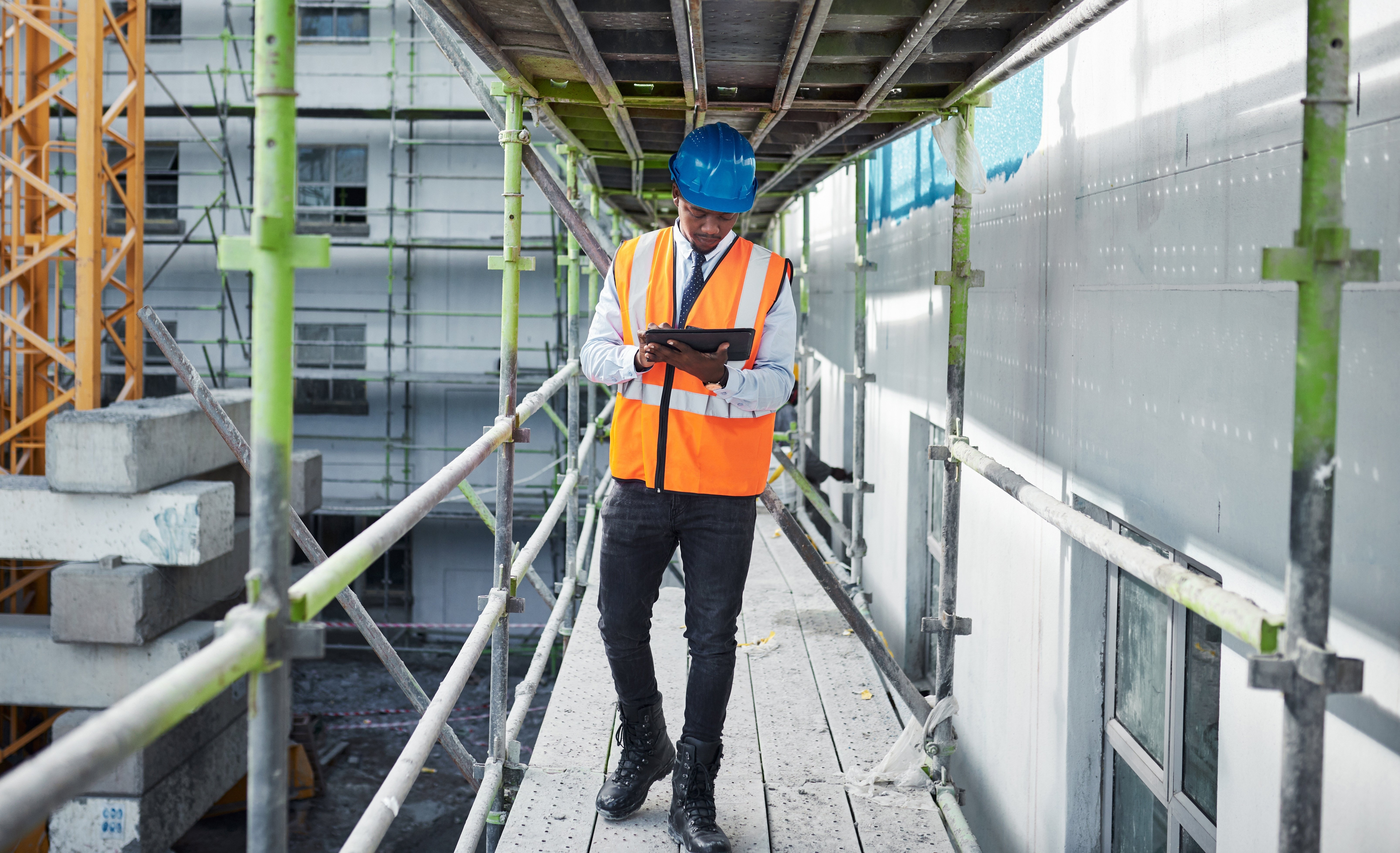Contents
7 Ways Camaraderie Enhances Workplace Health and Safety
29 August 2023 - Evotix
Camaraderie is crucial for cultivating a workplace built on trust and respect between employees, supervisors and managers. Beyond creating a friendly and open environment, promoting camaraderie can help reduce incidents and embed safe operations throughout your organization. But how exactly does this work?
In the following guide, we will explore the seven health and safety benefits that fostering camaraderie can bring to your workplace.
What is workplace camaraderie?
Workplace camaraderie can be defined as a sense of trust, mutual respect and friendship that exists among colleagues within an organization. This can be achieved by encouraging teamwork, open communication and a shared commitment to the well-being and success of all employees.
When it comes to health and safety, workplace camaraderie means fostering an environment where colleagues support and assist each other in adhering to safety guidelines and collaborating on safety initiatives. This includes an atmosphere where individuals can express safety-related concerns and address potential hazards without judgment.
Instilling camaraderie within your workplace is an effective way of creating a workplace where safety is ingrained throughout and all employees feel a sense of responsibility toward each other’s safety and well-being.
So now that we understand the characteristics of workplace camaraderie, let’s dive into the seven health and safety benefits:
1. Less stress
Building strong relationships among colleagues can help alleviate workplace stress. When employees feel supported, they’re less likely to experience excessive stress levels that could lead to health problems like high blood pressure or anxiety.
For example, by creating an environment where coworkers can regularly gather for casual lunches or after-work activities, you’re creating a space for them to kick back, share stories and laugh together.
2. Increased morale
Camaraderie also fosters a sense of belonging and inclusivity, leading to higher job satisfaction and morale. When people like their work environment, they’re much more likely to feel motivated and willing to contribute positively to the workplace.
You could consider setting up a committee whereby a group of colleagues organize monthly announcements or events to acknowledge birthdays, work anniversaries and personal achievements, helping employees feel more supported and recognized both professionally and personally.
3. Better communication
Strong camaraderie enhances communication and teamwork, which are essential for maintaining a safe work environment. Clear and open lines of communication allow employees to collaborate effectively, identifying potential safety hazards and addressing them promptly.
By having your team conduct routine safety meetings, you make room for all coworkers to actively participate in safety, by openly sharing concerns, suggesting improvements and collaborating on finding solutions for safer work practices.
4. Quick identification of hazards
When employees trust and communicate well with each other, they are more likely to spot potential health and safety hazards before accidents occur. For example, if an employee spots a loose handrail on a staircase, they’re much more likely to notify a senior manager in a workplace where trust and communication are ingrained within the safety culture. By enabling such issues to promptly be repaired, potential accidents can be minimized.
5. Faster emergency response
In the event of a big emergency, a workplace with a strong camaraderie will have employees who are better prepared to respond efficiently - as employees who trust and support each other can readily collaborate during emergency situations.
During a fire drill, for example, colleagues may help each other evacuate the building promptly by providing assistance to those who need it, increasing the chances of a successful evacuation.
6. Enhanced focus on safety guidelines
A positive and supportive work environment encourages employees to adhere to safety guidelines and protocols - as they see safety as a shared responsibility. One idea could be to establish a safety committee made up of employees from different departments. This committee could meet regularly to review safety practices, update protocols and organize training sessions to ensure employees stay well-informed and compliant.
7. Fewer absences and accidents
When camaraderie flourishes, employees tend to feel happier and experience higher job satisfaction - making them more likely to look out for their colleagues. Some organizations implement buddy systems, whereby coworkers are assigned as buddies to watch out for each other’s safety. This helps decrease accidents and subsequently reduces absenteeism due to injuries.
Workplace camaraderie in health and safety takes a collective effort to prioritize the well-being of employees, fostering a culture of safety, cooperation and mutual support. To learn more about how to embed safe operations at the heart of your organization, check out our podcast: Two Bald Guys Talking Safety
RELATED BLOGS

What is Risk Management Software?
1 November 2022 - Evotix
‘Risk management’ sounds deceptively simple—identify what can go wrong, figure out how to ensure it doesn’t, supress the risk. In reality, there are many types of risk that can affect an organization..

Bridging Generation Gaps at Work To Build a Safer Environment
22 December 2022 - Evotix
The workforce is more diverse in age than ever before. One in three working adults in the US is a Millennial; and the picture is similar in the UK, with this generation making up more than 50% of the..

7 Benefits of Conducting a Risk Assessment
1 November 2024 - Evotix
Risk assessments aren’t just about clipboards and checking boxes; they bring real, irreplaceable value to the workplace by helping identify current and potential hazards and risks in the workplace..
